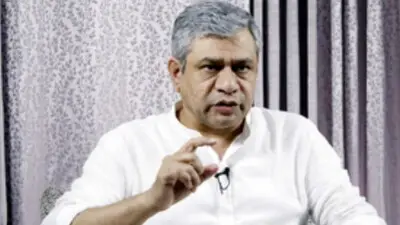Recommended Stories
Kathmandu: Archaeologists have unearthed the earliest ever 'Buddhist shrine' at Buddha's birthplace in Nepal, which suggests the sage may have lived in the 6th century BC, two centuries earlier than thought.
Excavations within the sacred Maya Devi Temple at Lumbini in Nepal, a UNESCO World Heritage site long identified as the birthplace of the Buddha, uncovered the remains of a previously unknown sixth-century BC timber structure under a series of brick temples.
This is the first archaeological material linking the life of the Buddha - and thus the first flowering of Buddhism - to a specific century, according to the research co-led by Robin Coningham from Durham University, UK.
The timber structure contains an open space in the centre that links to the nativity story of the Buddha himself - his mother Queen Maya Devi gave birth to him while holding on to a tree branch within the Lumbini Garden.
The researchers suggest the open space in the centre of the most ancient, timber shrine may have accommodated a tree.
Geoarchaeological research also confirmed the presence of ancient tree roots within the temple's central void, according to the study published in the journal Antiquity.
Until now, the earliest archaeological evidence of Buddhist structures at Lumbini dated no earlier than the third century BC, the time of the patronage of the Emperor Asoka, who promoted the spread of Buddhism, from present-day Afghanistan to Bangladesh.












